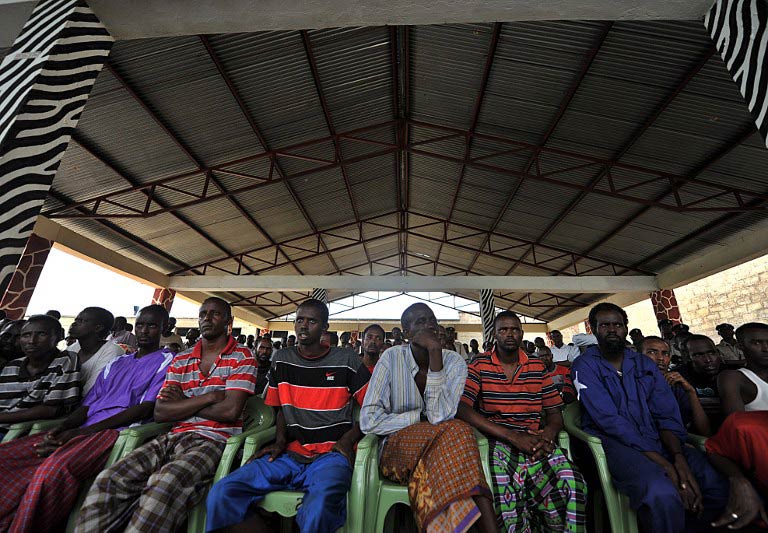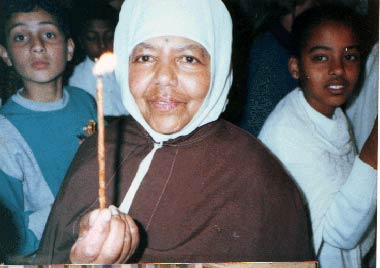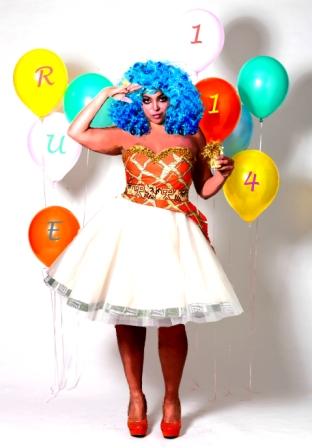Two Saturdays ago, we set off from Bulawayo at 6.30am in a Land Rover Discovery for my cousin sister’s wedding. It was scheduled to start at 9am at Zvegona Church of Christ in rural Zvishavane, a town well known for asbestos mining but which has now been taken over by Mimosa, a lucrative platinum mining company.

We were waved through most police roadblocks by officers speaking mainly in Shona to stoic Ndebeles. I wondered why they did not harass us like they usually do. It could have been the small Zimbabwean flag associated with Zanu-PF that was hanging by the rearview mirror or possibly the type of car we were driving – the police wouldn’t want to offend Zanu-PF ‘officials’, would they? But we were not Zanu-PF officials and besides the odd driver or two sporting a cap with the ruling party’s insignia, there were no visible reminders of the recent presidential election.
We reached Zvegona at around 9.30am after getting lost several times. Everyone we asked directions from was also going to the wedding; rural weddings are for the whole village. There was an impressive building next to the church. We were later told that this was where Mimosa was was setting up a clinic for the community as part of its fulfillment of Zimbabwe’s indigenisation laws.
The small church was adorned in purple and white satin fabric. The wedding cake was the usual fruit cake with plastic icing. The bride and the groom were just like any other bride and groom I have seen before, as were the bridesmaids who danced the same dance I have been seeing for over twenty years as they ushered in the bride. She entered to loud ululation from excited female friends and family.
Standing there in the crowded church, I wondered what distinguishes a rural wedding from a city wedding. The bridal party even went to the nearby dam for a photo shoot, just like bridal parties in Bulawayo go to Centenary Park to pose for photos. Do they go to the Harare gardens in Harare? There was a PA system, there were video cameras. Did the reed mats in place of carpets add a bit of ruralness to the function?
There was an excited aunty who threw rice grains at the bridal party and the crowd. I forgot to ask what the rice signified – my initial thought that they could not afford the usual confetti and glitter was quickly rubbished by the apparent evidence of money throughout the wedding ceremony. Besides asbestos and platinum, there seems to be a lot of gold in Zvishavane, which is mined ‘illegally’. Illegal gold mining creates a cash economy that is shocking to broke city dwellers like us: Our tiny wedding presents were embarrassing in the face of refrigerators, microwaves and cash that the people of Zvishavane tossed at the young couple. Cash ranging from US$10 to US$200 was put on the table in front of the newlyweds while we sat, dished out rice and big chunks of meat, and felt out of place.
There was no sign of the recent elections in Zvishavane, not even talk of it. It was us city guys who discussed Morgan Tsvangirai’s embarrassing defeat and Bulawayo’s rejection of Welshman Ncube in preference for the MDC leader. The rural folk danced and sang the day away, oblivious to what we city folk think is the ‘destruction’ of the Zimbabwean economy by our leader.
I wondered if this kind of life in Zvishavane was sustainable. Could it be translated into real wealth and perhaps lead to poverty alleviation? A few years ago I went to Chiadzwa, near the city of Mutare, where people were enjoying the same kind of liquidity I was seeing in Zvishavane. Now they are back to being destitute because diamond mining in Chiadzwa has been ‘formalised’. Gold panning in Zvishavane will also come to an end. And then what?
We left for the city at dusk. I remain in a confused state about the dynamics of the Zimbabwean economy and Zimbabwean politics.
Mgcini Nyoni is a poet, playwright and blogger based in Bulawayo. He blogs at nyonimgcini.blogspot.com and mgcininyoni.blogspot.com.Connect with him on Twitter.










